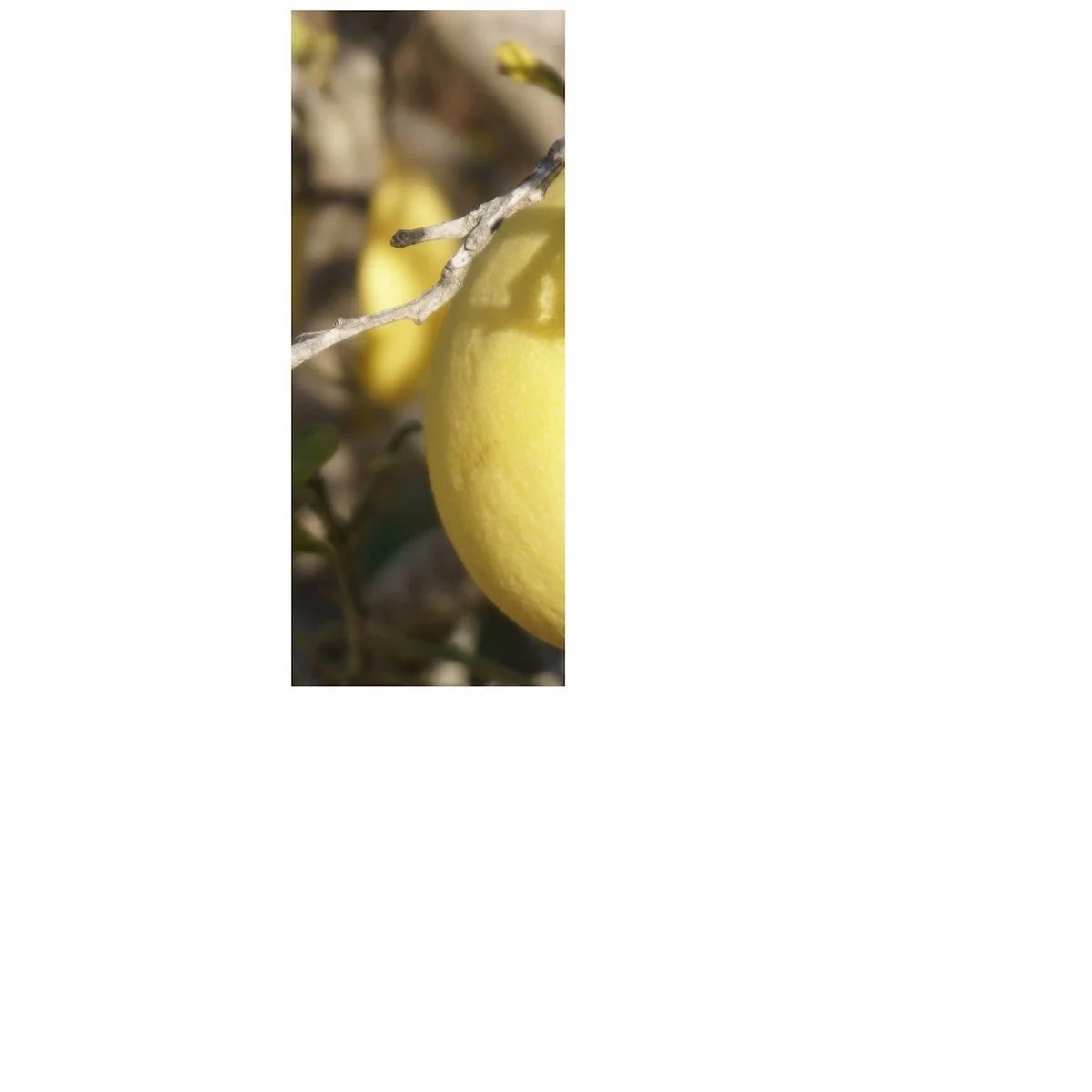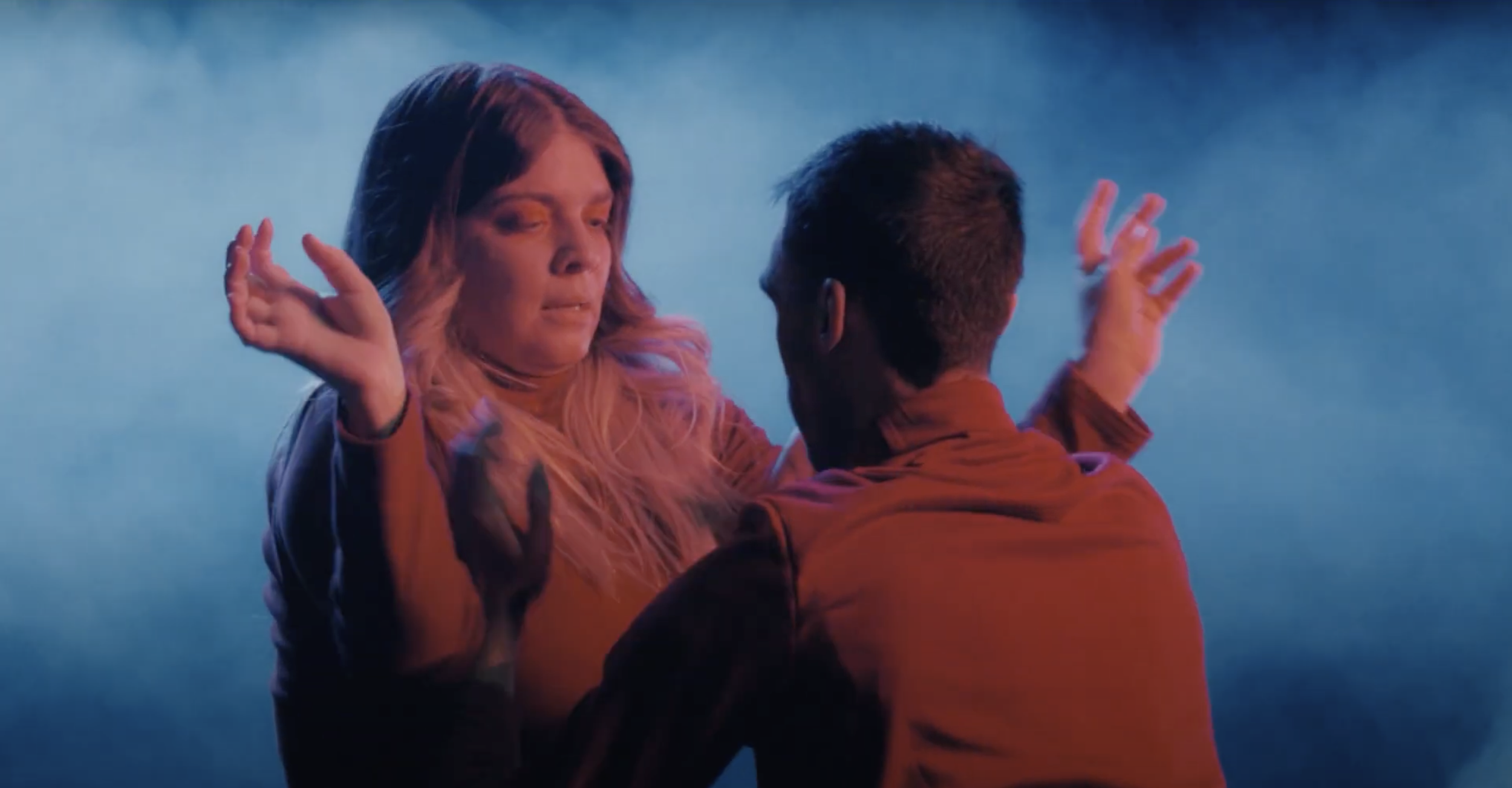Andrea Young
andrea.young@auckland.ac.nz
between chords / teo dora an drea
TAGTRAUM (SOLO) filmed by Marco Joubert
Phth Ensemble – Claude Vivier’s Love Songs
Film présentée dans le cadre de La Semaine du Neuf · Hommage à Claude Vivier du Vivier en partenariat avec le Festival International du Film sur l'Art (FIFA - 41e édition) Interprètes vocaux : Sarah Albu, David Cronkite, Gabriel Dharmoo, Kathy Kennedy, Elizabeth Lima, Andrea Young et Alex Samaras Musique : Claude Vivier Direction musicale et direction artistique : Sarah Albu Chorégraphie et mentorat à la directrice artistique : Marie-Josée Chartier Soutien à la direction artistique : Gabriel Dharmoo Direction vidéo : Ralitsa Doncheva Caméras : Ralitsa Doncheva, Jonathan Goulet, Erin Weisgerber Éclairages : Nien Tzu Weng Conception costumes : Gabriel Dharmoo, Julie Pichette Captation sonore et mix audio : Nataq Huault © Phth - Le Vivier 2023
For You, Alone
S[ILK]S (Jennifer Thiessen and Andrea Young) with cinematographer Van Royko
Special thanks to NO HAY BANDA!
Echo to the Sense // REDSHIFT RECORDS
A compilation of work for voice and electronics. Serial release on Redshift Records throughout 2021.
Audible Ecosystemics n.3b (Background Noise Study, in the Vocal Tract) (2005) LISTEN/PURCHASE
Composer: Agostino Di Scipio
Performed & recorded by: Andrea Young
Audible Ecosystemics is a series of background noise studies by Agostino Di Scipio, where the notion of an audible ecosystem is achieved through an interaction between the performer, the electronics and the environment.
The performance of the “Background Noise Study, in the Vocal Tract” requires a miniature microphone to be placed within the mouth. Every 20 seconds, the background noise from the inside of the mouth is collected and then amplified into the concert space, which is ultimately returning back into the oral cavity. This feedback loop is accentuated with an intricate graphic score that requires filtering the noise within the oral cavity through formant shifting, as well as adding tiny glottal utterances, teeth clicks, and hyper attention to the involuntary muscular movements inside the mouth. At any point, the oral cavity may collect or create too much sound and the overall sonic ecosystem will fall out of balance. This highly sensitive interaction includes the performer, the space and the audience: the smallest sound may push the system out of balance, yet through withholding input and reducing the sonic input, the system may gradually return to an equilibrium.
En Monochrome (2009) LISTEN/PURCHASE
Open Score
Composer: André Cormier
Performed & Recorded by:Andrea Young
Mixed and Mastered by: Brendan Byrnes
En Monochrome is based on only one unison pitch but divided into four parts: Intensité follows a dynamic curve, Hauteur follows a three-line staff that ranges from a semitone above and below the chosen pitch, Timbre follows four chosen variations, and Durée follows a re-articulation that ranges from slow to tremolo. The score is also in proportional notation; however, each system has different timings from one to another. Performer(s) must make a choice of durations as indicated, to apply to their individual part; each duration in their chosen line applies to each system respectively of their own individual part.
André Cormier maintains a busy schedule as a composer by fulfilling commissions and presenting work, all in an effort to greater understand what makes sound and silence so irresistible.
Müllerian Mimics (2021) LISTEN/PURCHASE
for voice, electronics and turntables
Improvisation: Andrea Young and Michael Yr Jeannouxa Day
Performed & Recorded by: Andrea Young and Michael Yr Jeannouxa Day
Mixed and Mastered by: Brendan Byrnes
Andrea Young and Michael Yr Jeannouxa Day met in California 2012. They discovered they were born only hours apart in the latter part of 1978 and that their sonic practices, with voice controlled electronics and prepared turntables, were nearly indistinguishable to their own ears. Improvisations ensued in North America and Europe, and provided the seedlings that expanded into EXO/ENDO. “Müllerian mimicry is a natural phenomenon in which two or more well-defended species, often foul-tasting and that share common predators, have come to mimic each other’s honest warning signals, to their mutual benefit.” (“Müllerian Mimicry”- wikipedia, n.d.)
Excerpts from EXO/ENDO (AY & E//E) and The Voice Index (AY) licensed for Anthropocene: The Human Epoch
“A cinematic meditation on humanity’s massive reengineering of the planet, ANTHROPOCENE: The Human Epoch is a four years in the making feature documentary film from the multiple-award winning team of Jennifer Baichwal, Nicholas de Pencier and Edward Burtynsky.
Third in a trilogy that includes Manufactured Landscapes (2006) and Watermark (2013), the film follows the research of an international body of scientists, the Anthropocene Working Group who, after nearly 10 years of research, are arguing that the Holocene Epoch gave way to the Anthropocene Epoch in the mid-twentieth century, because of profound and lasting human changes to the Earth.
From concrete seawalls in China that now cover 60% of the mainland coast, to the biggest terrestrial machines ever built in Germany, to psychedelic potash mines in Russia’s Ural Mountains, to metal festivals in the closed city of Norilsk, to the devastated Great Barrier Reef in Australia and surreal lithium evaporation ponds in the Atacama desert, the filmmakers have traversed the globe using high end production values and state of the art camera techniques to document evidence and experience of human planetary domination.
At the intersection of art and science, ANTHROPOCENE: The Human Epoch witnesses in an experiential and non-didactic sense a critical moment in geological history — bringing a provocative and unforgettable experience of our species’ breadth and impact.”
Available on iTunes store and Crave.
L’enfumée (2019) with Quatuor Bozzini
L’enfumée was commissioned by Quatuor Bozzini and sets the anonymous text Puisque je suis fumeux and Fumeux, fume, par fumée. Both movements investigate the use of glissando between voice and strings creating vaporous sound forms which give a rising, twisting and falling harmonic movement–inducing sonic drifting–as if sound were fumes.
Les Fumeurs were a group of people known as “The Society of Smokers” who existed in France during the 14th century. Two poems written about or by les fumeurs were set to music and included in the collection of songs named The Chantilly Codex. One poem, Puisque je suis fumeux, was set by Hasprois and another, Fumeux, fume, par fumée by Solage. The translation of the French word “fumer” has led many people to believe that these poems were about smoking, but there was neither tobacco nor opium in Europe during the 14th century. Speculations as to what they may have been smoking instead is common, and scholar Patricia Unruh (UBC, Canada) suggests in her thesis that this poetry that elaborates on the French word "fumer" is really closer to the english verb “to fume”. In the a 14th century, it is more likely that this society of artistic people were fuming with the vapour of wine–but the constant play on the word fumer suggests a certain tongue-in-cheek leaving the exact nature of "fumosity" a mystery.
TAGTRAUM (2018) with Array Music
TAGTRAUM was commissioned by Array Music and is for voice, electronics and chamber ensemble.
There is a small bar called Tagtraum in Düsseldorf, Germany, where I frequented during the Wandelweiser festival of 2017. During this time, I began to further my use of voice re-synthesis by composing a new work for voice-controlled sine tones and chamber ensemble.
While voice resynthesis has an inherent digital virtuosity, the tone can sometimes sound metallic. In combination with this digital voice, the warmth of tone that comes from the Echoplex tape delay and looping effect brings an intriguing analogue contrast to this digital technology.
The EchoPlex has a basic parameter of “amount of echo”, which is enabled by the physical length of tape between the record and erase. I developed the form of TAGTRAUM based on this simple parameter: in the first movement, the ensemble attempts to play in unison, the least amount of echo. The second has a medium amount of delay, creating counterpoint. The third movement engages the looping effect. In the fourth, the ensemble performs a composed and orchestrated input and echo which is re-synthesized and time-warped by the computer.
The text is fragments from Rainer Maria Rilke’s Duino Elegies (1923).
THE VOICE INDEX (2016)
The Voice Index (2015-16) is a fixed sound installation with four live voices, which investigates the fine detail and intense listening experience inherent to the spectral manipulations made possible through voice resynthesis.
An experience of increased sensitivity to each partial within the harmonic spectrum is achieved by slowly departing from and returning to the recognition of a human voice. The resynthesized, monophonic voice becomes a polyphonic instrument with dynamic musicality in its micro inflections. The “voice-index” (Alice Lagaay, Free University, Berlin) suggests that a plurality of voices – including those in positive and negative aural space – may account for the variation of psychological and physical voices from others and from within.
This is a project which has been enabled by The Canada Council for the Arts.







